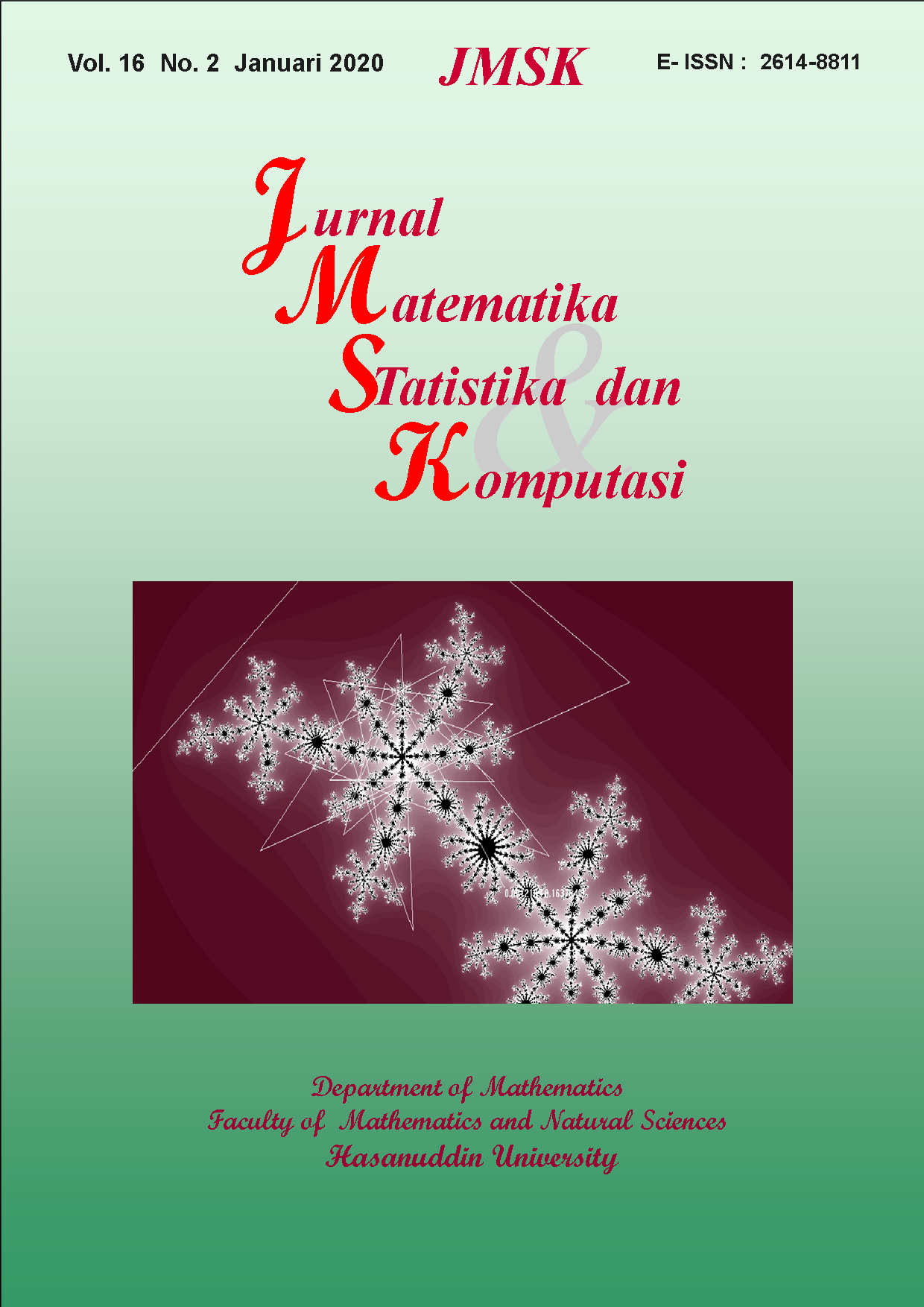PENERAPAN MODIFIED VOGEL'S APPROXIMATION METHOD (MVAM) UNTUK MEMINIMUMKAN BIAYA TRANSPORTASI (STUDI KASUS: PABRIK TAHU TAUFIK)
DOI:
https://doi.org/10.20956/jmsk.v16i2.7349Keywords:
Modified Vogel’s Approximation Method, transportation, distribution.Abstract
This research aims to determine the tofu product distribution transportation model at Taufik Tofu Factory. This type of research is applied research with a quantitative approach. The method used to solve transportation problems in this study is the Modified Vogel’s Approximation Method (MVAM) and optimized using the Modified Distribution (MODI) method. The results of this study indicate that the application of MVAM at the Taufik Tofu Factory provides a more minimum solution for calculating transportation costs, both in equilibrium and non-equilibrium problems. MVAM provides the same transportation costs as the optimal solution for the simplex method, which is equal to Rp1.164.911,00 for equilibrium problems and Rp2.176.838,00 for unequal problems. These results have been tested for optimism using MODI and better than the real cost calculations issued by the factory.
References
Amelia, Lenti. 2018. Penyelesaian Masalah Transportasi Menggunakan Metode Approksimasi Vogel Modifikasi (MVAM) dan Improved Zero Point Method (IZPM). Bandung: UIN Sunan Gunung Djati.
Moleong, L. J. 2012. Metode Penelitian Kualitatif. Bandung: Remaja Radakarya.
M.Wali Ullah, M. Alhaz Uddin, dan Rijwana Kawser. 2016. "A Modified Vogel's Approximation Method for Obtaning a Good Primal Solutioa of Transportation Problems". Annals of Pure and Applied Mathematics. 64-65.
Taha, Hamdy A. 2003. Operator Research: An Introduction (7 yh Edition). USA: Pearson Education.
Tjiptono, Fandy. 2008. Manajemen Pemasaran dan Pemasaran Jasa, Edisi Revisi. Bandung: Alfabeta
Downloads
Published
How to Cite
Issue
Section
License

This work is licensed under a Creative Commons Attribution 4.0 International License.
Jurnal Matematika, Statistika dan Komputasi is an Open Access journal, all articles are distributed under the terms of the Creative Commons Attribution License, allowing third parties to copy and redistribute the material in any medium or format, transform, and build upon the material, provided the original work is properly cited and states its license. This license allows authors and readers to use all articles, data sets, graphics and appendices in data mining applications, search engines, web sites, blogs and other platforms by providing appropriate reference.







